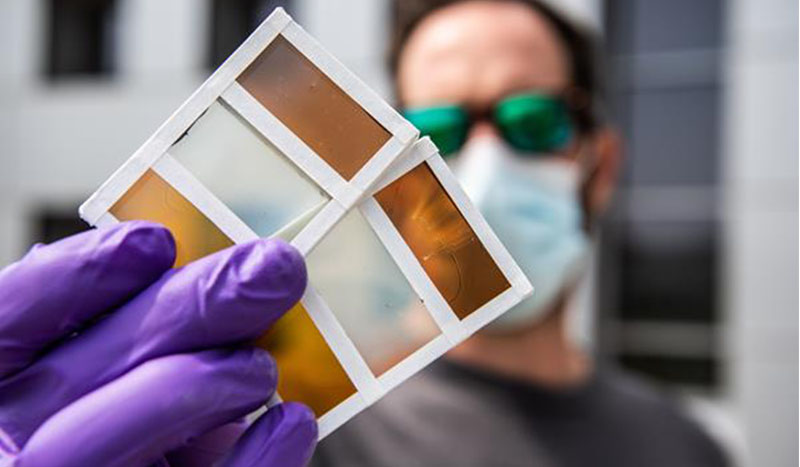
By definition, it is intermittent. But it is also, in the case of solar windows, a kind of energy “paradox:” when the very electricity the sun produces is consumed more rapidly when it shines too strong and bright.
Buildings in the US, whether they are residential or commercial use 74% of the country’s electricity; and among the energy-hungry applications is air-conditioning, which is most often switched on to cool down interiors because the sun shining through the windows generates heat.
By applying to solar windows a color-changing — or transition — technology that darkens glass when heated by the sun, researchers have managed to create PV films that can keep buildings cool while still producing electricity. In a new study published in Nature Communications, scientists from the US Department of Energy’s National Renewable Energy Laboratory (NREL) present this next-generation “thermochromic photovoltaic” technology, which could ultimately help reduce the need for air-conditioning even on the sunniest days.